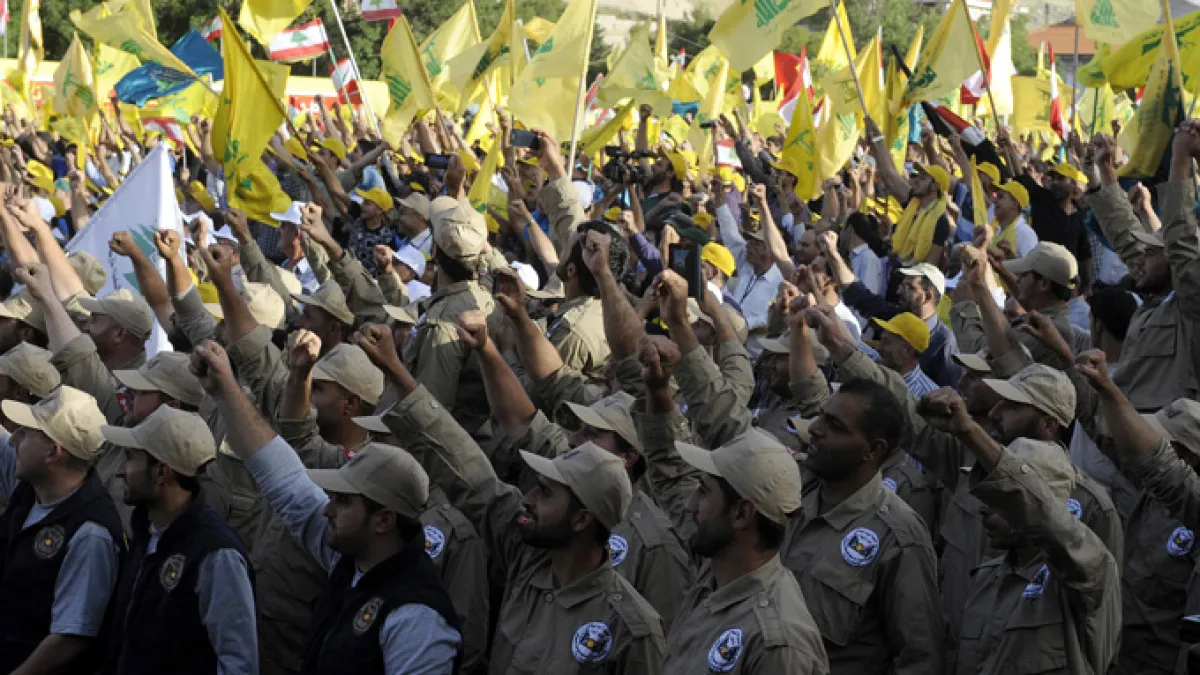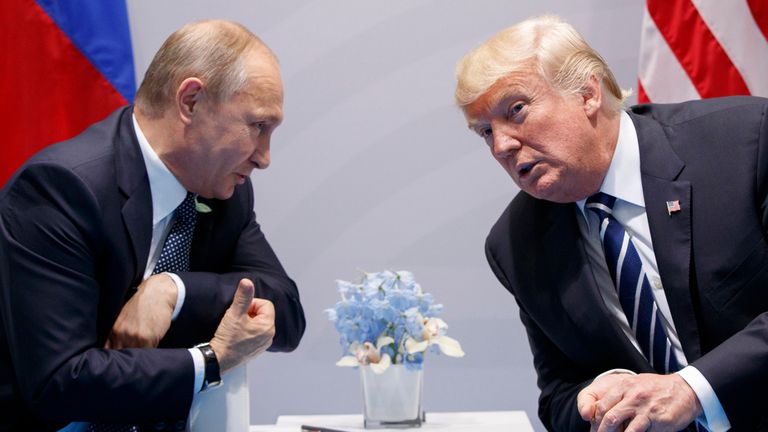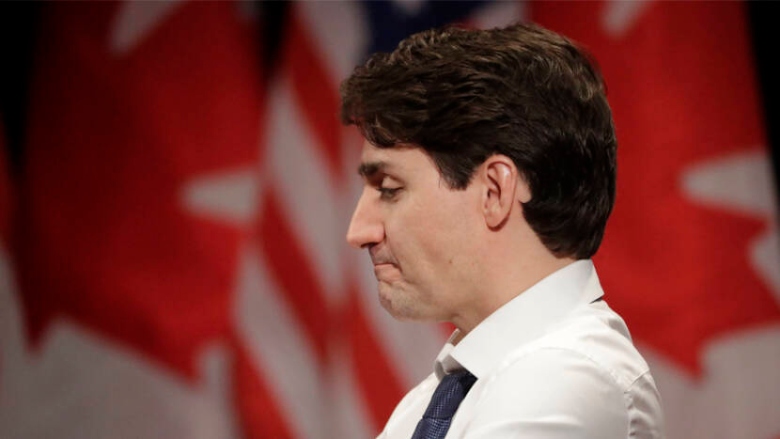The Israel Defense Forces (IDF) have made significant strides in their ground offensive against Hezbollah in southern Lebanon, eliminating more than 250 Hezbollah terrorists in a matter of days. The IDF revealed on Friday that the offensive, which began earlier this week, has dealt severe blows to the Iran-backed terrorist group. Among those killed were high-ranking officials, including five brigade commanders, 10 company commanders, six platoon leaders, and 21 field commanders. The offensive has since intensified, with updated assessments suggesting that as many as 400 Hezbollah fighters may have been killed.
The clashes between IDF forces and Hezbollah terrorists have been fierce, with some engagements resulting in heavy losses for Hezbollah. On Thursday, IDF troops killed 15 Hezbollah fighters during one confrontation, though one Israeli soldier was wounded in the battle. Overall, nine Israeli soldiers have died since the offensive against Hezbollah began.
Hezbollah, similar to the Hamas organization in Gaza, has embedded its fighters in civilian infrastructure throughout southern Lebanon, including schools, hospitals, mosques, and residential buildings. This tactic, which involves hiding military operations among civilians, constitutes a war crime under international law. The IDF has continued to engage Hezbollah fighters while navigating these challenging conditions, focusing on minimizing civilian casualties.
Currently, Israeli forces from the 98th and 36th Divisions are involved in fierce combat across multiple villages and towns in southern Lebanon. During their operations, IDF soldiers have uncovered large weapons caches abandoned by Hezbollah fighters. The Israeli military describes its current operations as “limited, localized, and targeted raids” aimed at neutralizing Hezbollah threats close to the Israeli border.
The overarching objective of the ground offensive is to dismantle Hezbollah’s operational capabilities and ensure the security of northern Israel. By neutralizing these threats, the IDF hopes to pave the way for the return of approximately 60,000 Israelis who were evacuated from northern towns and villages after Hezbollah launched attacks. The military’s ground offensive is aimed at wrapping up within a few weeks, though it remains fluid depending on developments on the battlefield.
Israel’s Defense Minister, Yoav Gallant, issued a stark warning to Hezbollah during his visit to the 36th Division headquarters on Friday, emphasizing that Hezbollah had already suffered significant losses and that Israel had more “surprises” in store.
“Hezbollah is receiving very severe blows, one after the other. We eliminated [Hezbollah chief Hassan] Nasrallah, and we have more surprises in store, some of which have already been carried out and some of which will be executed soon,” Gallant stated.
He also stressed that Hezbollah’s missile and rocket division had taken a substantial hit in the IDF’s precision strikes, with a large part of its infrastructure destroyed. The IDF has targeted command centers, communication lines, and leadership figures within Hezbollah’s elite Radwan Force. According to Gallant, Hezbollah’s second and third tiers of command below Nasrallah have been largely decimated, leaving the terrorist organization struggling to recover.
Gallant also confirmed that Israeli forces were continuing operations in several villages in southern Lebanon, focusing on destroying all infrastructure used by Hezbollah to plan and launch attacks against Israel.
The conflict escalated when Hezbollah, backed by Iran, launched an unprovoked attack on Israel on October 8, 2023. Since then, Hezbollah forces have fired over 9,000 rockets, missiles, and drones into Israel, killing dozens of Israeli civilians and soldiers. In response, Israel has significantly ramped up its military efforts against Hezbollah forces in both Lebanon and neighboring Syria.
Over the past few weeks, Israeli strikes have targeted key Hezbollah assets, dealing severe blows to the terrorist organization’s leadership. One of the most notable victories for Israel was the elimination of Hezbollah’s Secretary-General Hassan Nasrallah. The Hezbollah chief was killed last Friday in a massive Israeli airstrike on the group’s headquarters in Beirut, a critical moment in the conflict that further weakened the terrorist group.
In a separate airstrike on Friday, the IDF confirmed the death of Muhammad Rashid Sakafi, a senior Hezbollah operative. Sakafi had played a key role as the head of Hezbollah’s communications division, overseeing the development of communication networks between the organization’s various units. The Israeli military reported that Sakafi was instrumental in ensuring the smooth flow of information within Hezbollah, which made him a high-value target for Israeli forces.
As the ground offensive continues, the IDF remains focused on neutralizing the Hezbollah threat while minimizing harm to Lebanese civilians. The Israeli military has consistently stated that its objective is to dismantle Hezbollah’s military infrastructure in southern Lebanon and prevent further attacks on Israeli territory. Although the current phase of the operation is limited in scope, it has already inflicted significant damage on Hezbollah’s capabilities and leadership.
With further operations planned, the IDF’s ground incursion is set to continue in the coming days, with hopes that the most intensive phase of the offensive will conclude within a few weeks. For now, Israel remains vigilant as Hezbollah’s rocket attacks persist, but the heavy losses inflicted on the terrorist group signal that Israel’s military campaign is delivering powerful results.



